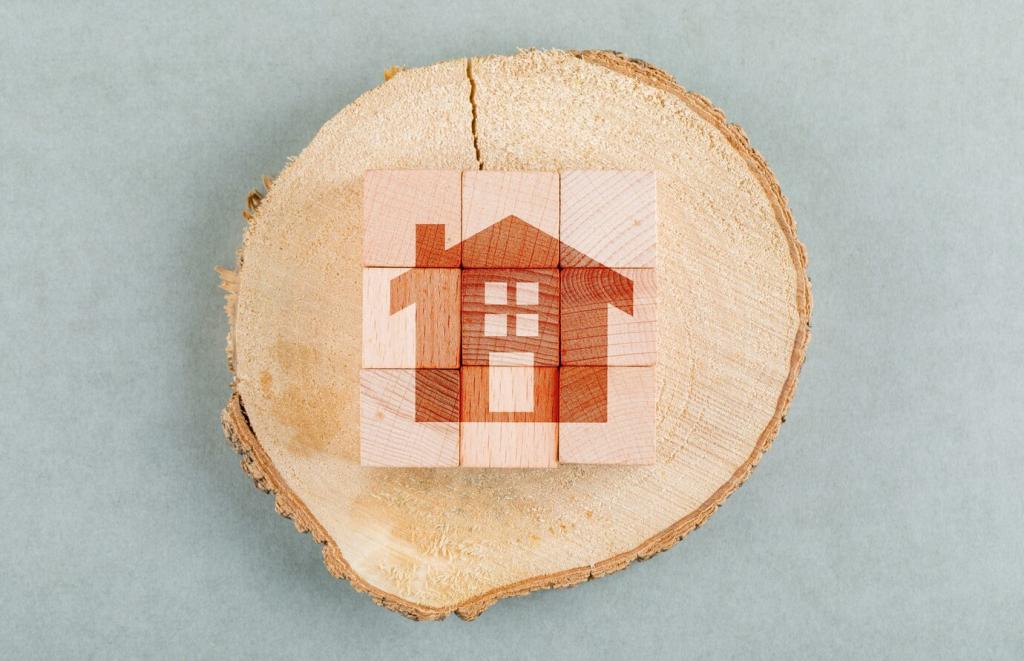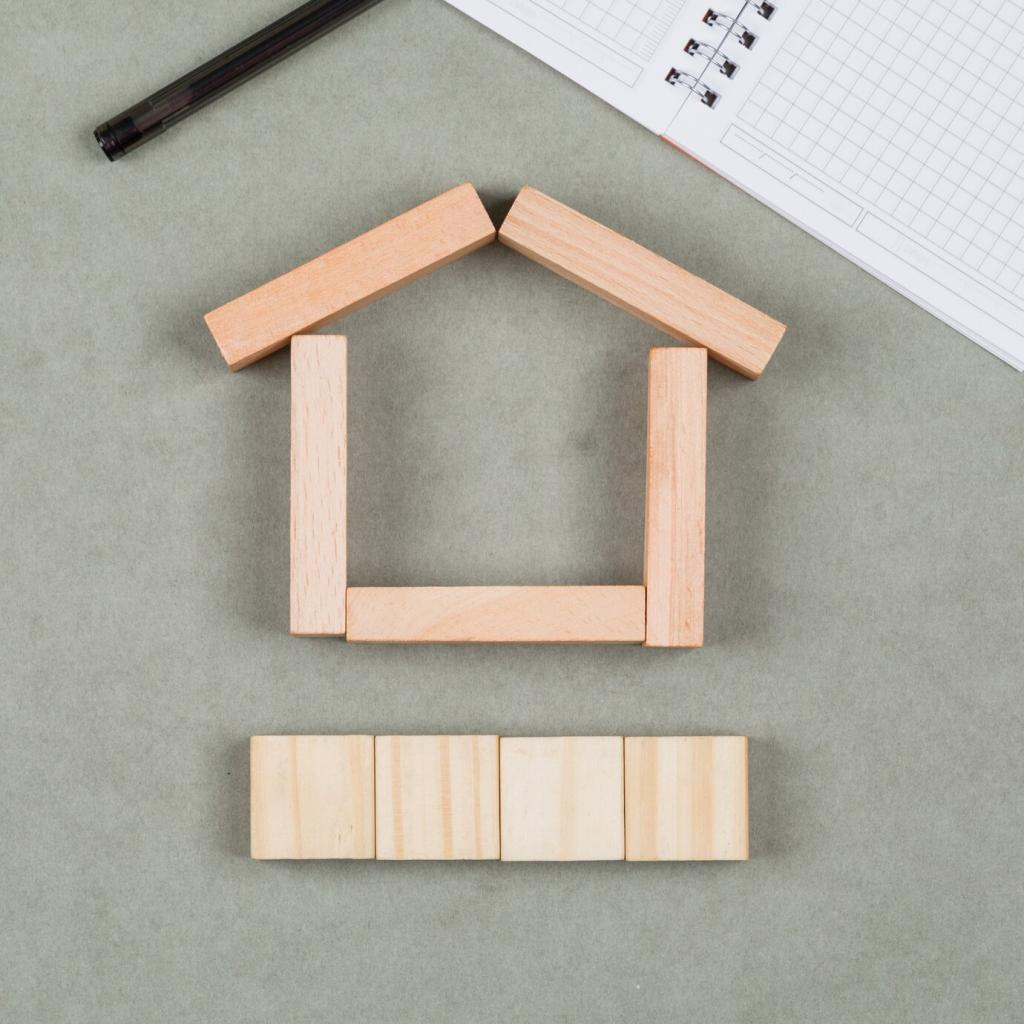
Building Better with Recycled and Upcycled Construction Materials
Chosen theme: Recycled and Upcycled Construction Materials. Welcome to a practical, inspiring journey into circular design—where every plank, panel, and pane carries a second life, a lighter footprint, and a story worth sharing. Subscribe and join our community of builders reinventing waste into durable, beautiful spaces.
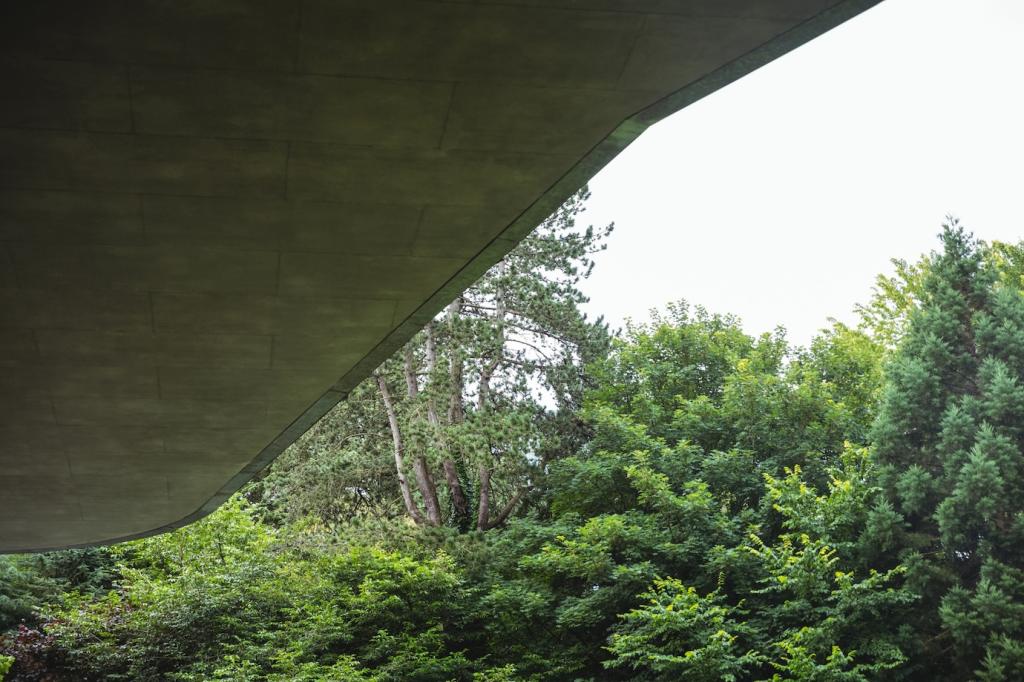

Why Circular Construction Wins Now
Every kilogram of virgin material has a history of extraction and energy. Recycled and upcycled alternatives cut that history short, reducing emissions and resource depletion. When steel is remelted or timber is reclaimed, you skip the heaviest impacts and keep useful materials circulating longer. Comment with your biggest embodied carbon challenge.
Why Circular Construction Wins Now
A salvaged-brick community garden in our city kept 12 tons of masonry out of landfill and became a weekend gathering space. Kids painted yard markers on offcut tiles, and neighbors swapped stories about the old cinema those bricks once framed. Share your favorite salvage find and how you brought it back to life.
Reclaimed Wood, Reborn Spaces
Partner with reputable salvage yards and deconstruction teams who document origin, species, and prior use. Ask for moisture readings, metal detection, and nail-pull tests to reduce surprises. Post in the comments if you need a checklist; we’ll share our favorite vendor questions for faster, safer decisions on project timelines.
Reclaimed Wood, Reborn Spaces
Old joists can be strong, but verify. Visual grading, density checks, and occasional third-party testing ensure reclaimed members meet load requirements. Plan for slight dimensional variation, and design tolerance into assemblies. Subscribe for our upcoming guide on structural grading basics tailored to reclaimed timber in light-frame retrofits and hybrid systems.
Reclaimed Wood, Reborn Spaces
To protect patina without sealing in contaminants, favor low-VOC oils or hardwax finishes after thorough cleaning and sanding. Patch nail holes with tinted filler to celebrate—not erase—the story. Share photos of your best finish experiments; we’ll feature community tips that balance indoor air quality and authentic reclaimed texture.
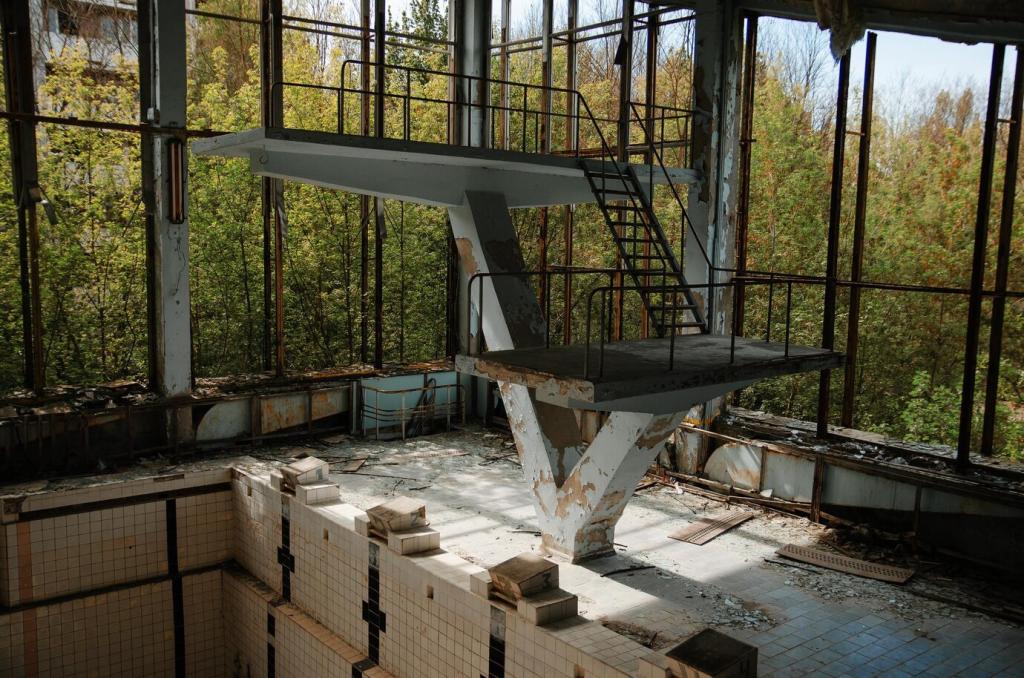
Designing for Upcycling: Make Tomorrow Easier Today
Favor screws, bolts, clips, and dry joints over adhesives where feasible. Mechanical fasteners enable easier disassembly, grading, and reuse. Consider slotted connections and accessible anchor points. What detail are you redesigning to be reversible? Drop a note, and we’ll brainstorm alternative fastening strategies with you.
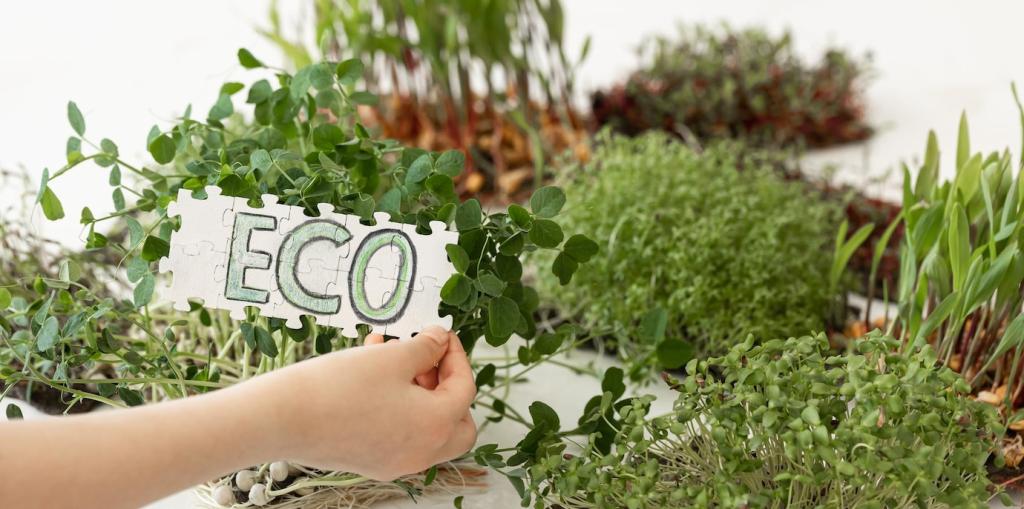

Sourcing the soul of the project
The brick came from a shuttered warehouse two blocks away, cleaned by hand over weekend workshops. Each course carries initials from the volunteers who saved it from landfill. Share your own sourcing story—local origin can turn a simple wall into a neighborhood archive filled with memory and pride.
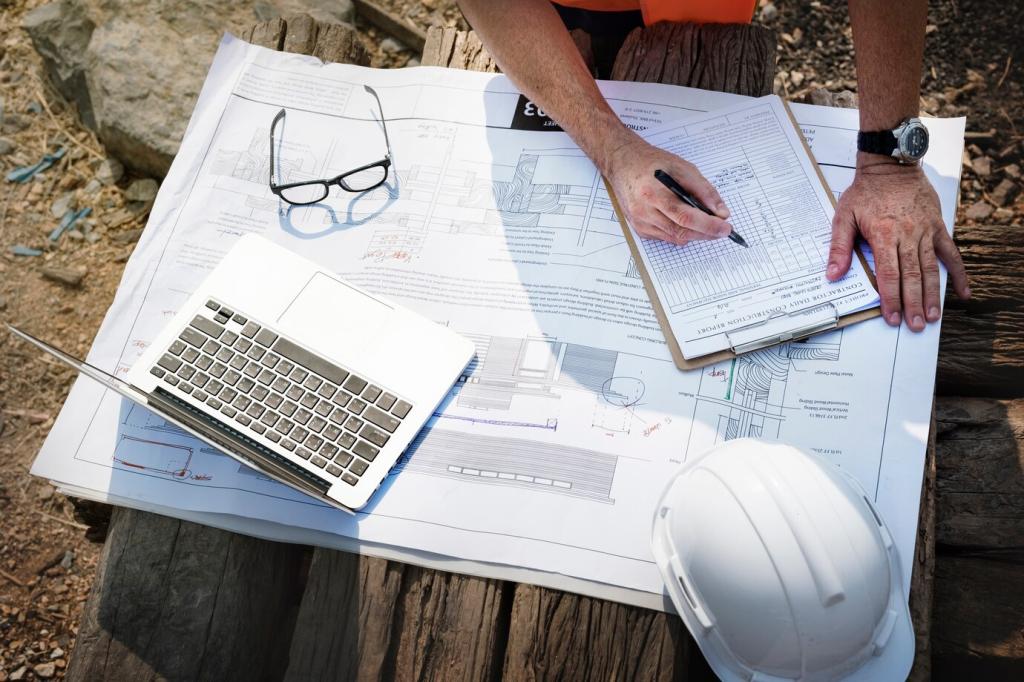
Performance without shortcuts
The team blended recycled steel with new connectors for predictable strength, tightened air-sealing at transitions, and added mineral wool to meet thermal targets. Post-occupancy checks show steady temperatures and happy makers. Want the detail set? Subscribe and we’ll send annotated sections you can adapt to your climate zone.

Community, skills, and momentum
Students learned safe nail-pulling, moisture testing, and cataloging materials for future reuse. Those skills now feed a small local salvage exchange. Tell us if your town needs a materials meetup—we’ll publish a starter guide and highlight your events to help momentum become lasting infrastructure.
Sourcing Smarts: Vendor Networks, Testing, and Traceability
Look for vendors who photograph inventory with dimensions, provide grading notes, and disclose prior use. Ask about storage conditions and moisture control. Review past project references. We’re compiling a global list—subscribe to get updates and contribute your favorite shops so others can source smarter and faster.
Sourcing Smarts: Vendor Networks, Testing, and Traceability
For structural members, consider third-party verification: strength tests, moisture profiles, or metallurgy as needed. Non-structural finishes still deserve VOC checks and surface contamination screening. Drop your testing questions below; our next deep dive covers affordable methods that keep decisions defensible without slowing your schedule.
